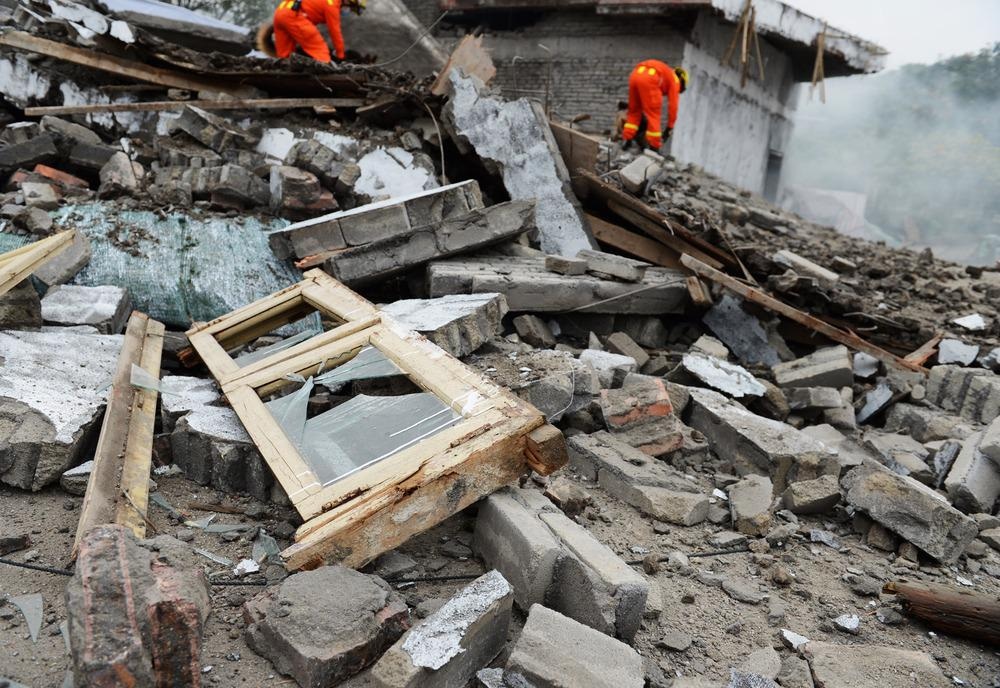Why is it important to investigate building collapses?
Over the five years between 2011 and 2016, 13,000 people have lost their lives due to structure collapses in India alone. In the last 50 years, 181 building collapse disasters have been reported by a total of 51 nations, with 32 of these disasters taking place in India. The single most loss of lives due to one event occurred in 2013, when an eight-story commercial building collapsed in Bangladesh, claiming the lives of 1,127 people.
Building collapses are a tragedy to the communities in which they occur. They kill family and friends, destroy businesses, and damage economic growth. They’re also entirely avoidable. Therefore, forensic investigations into why buildings collapsed are vitally important to preventing future collapses. Collected evidence and ascertaining what went wrong and what factors contributed to the collapse opens a window of opportunity to consider new ways of doing things to make buildings safer and more resultant.

Image Credit: hxdbzxy/Shutterstock.com
Why do buildings collapse?
Building collapses can occur for many reasons. The foundations can be weak, even on solid ground the foundations must be sure to hold the weight of the load, or it can result in a building collapse. Due to the price of adequate foundations, buildings are sometimes constructed with cheaper materials to cut costs, which can have fatal consequences. Similarly, buildings can collapse because the building materials used were not strong enough.
In some countries, there is a market for counterfeit materials, with scrap metal sometimes being sold as steel. Worker error is another cause of building collapses. Most commonly, workers can mix the concrete incorrectly, resulting in weaker concrete that may not be able to carry the load. Finally, cutting corners in strength testing is another common reason for buildings to collapse.
In review, the reasons that buildings collapse are generally preventable and often linked with cutting costs for financial motivations. Forensic investigations must highlight these reasons so that the law is enforced much more strongly, and new initiatives are brought in to prevent future collapses.
Forensic investigations into building collapses
Forensic investigations into building collapses seek to understand what events occurred that led to the building becoming unstable and collapsing. For a collapse to happen, there must have been some kind of engineering failure that resulted in the structure not being able to support the load. It is the job of forensic investigations to uncover what underlying engineering failures caused the building to collapse.
Scientists conducting investigations into collapsed buildings will ask several questions: how and why did the structure fail? Were there indications that a structural failure was imminent? If so, for what time were those indications apparent? Who was responsible for each and every event that contributed to the collapse and who is responsible overall? Answering each of these questions allows the investigator to not only understand why a building collapsed but to make recommendations as to how similar scenarios can be avoided in the future.
To answer these questions, an investigator may particularly look into forces and load thresholds. All buildings are subject to forces, which will be different depending on the type of structure and purpose. Each building will also have its own load threshold, which, if broken, will cause structural damage and often, inevitably lead to building collapse. Forces can be predicted so that buildings can be built strong enough to withstand them. Self-weight (dead loads) and superimposed forces (live loads, e.g. a truck on an adjacent road causing vibrations) both need to be calculated when building a structure.
Forensic investigations will look into what loads were anticipated, whether this was accurate, and if the building was successfully constructed to withstand these forces. They will also look into whether maintenance procedures were sufficient to allow the building to continue to resist these forces.
Building projects must follow established engineering standards that guide project managers on how to anticipate forces and build structures suitable for withstanding these loads.
Additionally, forensic investigations of building collapses also focus on looking at load paths. All forces that impact a building travel through the structure via a predictable route that terminates in the supporting soils. These routes are called load paths. An example of a natural load path can be described in relation to a tree. Its self-weight is vertical but it is also faced with horizontal forces such as wind. These forces are transferred into the main trunk where they travel to the supporting soils via the roots.
All elements within a load path must be sufficient to support the load and transfer it to the next element in the load path. Investigations can reveal weak links in the load path that may have contributed to the eventual building collapse.
Overall, forensic investigations are vitally important to preventing future building collapses and, therefore, saving lives.
Further Reading
Last Updated: Jan 11, 2022